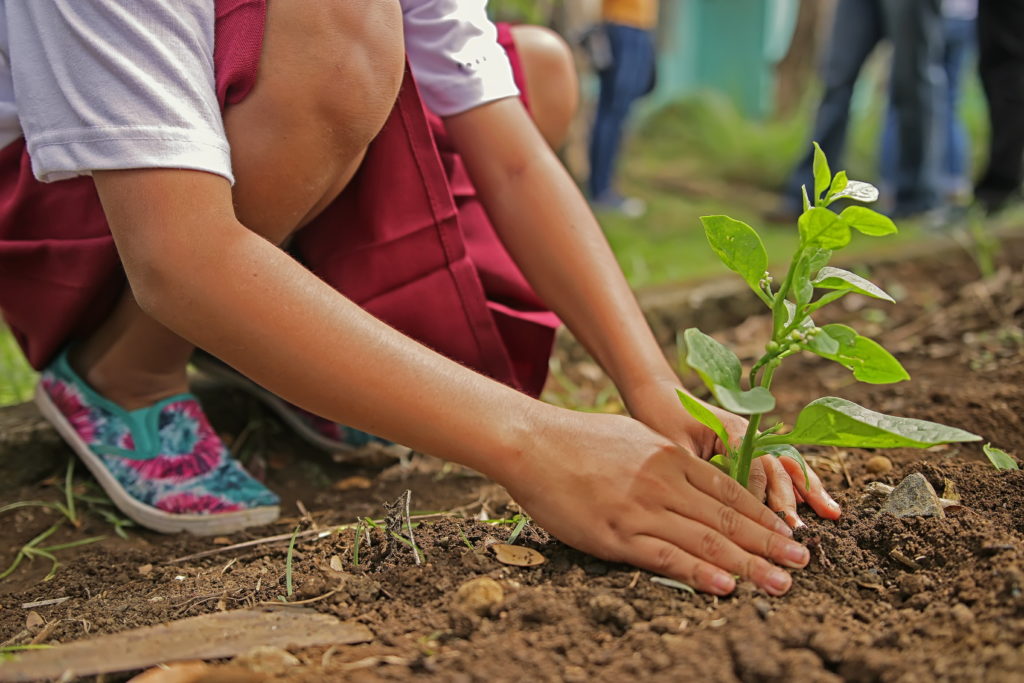South Arm Primary School Waratah 4/5/6

Our Questions
I received quite a few questions asking about the most effective way to stop climate change, and how kids can be part of the solution. As you probably know, the key thing that we need to do to help stop climate change is to stop emitting greenhouse gases – particularly carbon dioxide and methane. There are things we can all do to help with this, like driving less, using renewable energy, or tyring to eat local produce that doesn’t have to be transported to Tasmania from far away. But for the really big changes to greenhouse gas emissions that are required to help stop climate change we need our governments to implement policy change. The more we all call for these changes – as a community – the stronger our message to politicians will be.
Another thing we will need to do to help stop climate change is to actively remove carbon dioxide from the atmosphere. There are lots of ways to do this, but some of the simplest and most effective are those that harness the power of nature. Planting more trees, leaving coastal and marine habitats like mangrove forests, seagrass meadows and kelp forests intact. If you’re interested in engineering then there are also some very cool technologies emerging that will help us to pump carbon dioxide out of the atmosphere and back under the ground.

The future of Tasmania and of our planet belongs to kids of today, not to grown ups. Kids ask great questions and they are fantastic at thinking up new ways to solve problems. I think that one of the most important things that kids can do is to keep asking questions and to keep learning to be problem solvers. Keep being curious and caring about climate change!
I have been asked a lot about how climate change works – what is it, how does it happen, and what happens to the Earth with global warming. To answer this I’ll start by talking about the difference between weather and climate. As I’m sure you know, weather is the changes in temperature, rainfall and wind that we see outside from day to day, while climate refers the usual weather of a place. Tasmania has a cool temperate climate overall, but the west coast has a wetter climate than the east coast, and the central regions have a cooler climate than the coast. The Earth also has a climate; Earth’s climate is what you get when you combine all the climates from around the world together.
Climate change is a change in the usual weather of a place. While the weather can change in just a few hours (as it often does in Tassie!), climate change occurs over many years. And in fact the Earth’s climate has always been changing. As I’m sure you know, there have been times in the past when the Earth was much hotter than it is today, and also times when it has been much cooler. But an important difference with climate change caused by human activities is that the change is occurring much, much faster than we have ever seen before.
There are lots of different things that can cause climate to change – volcanic eruptions, changes in the world’s oceans, and changes in the activity of our sun. Climate change caused by humans is due to the gases we release into the atmosphere – particularly carbon dioxide from burning fossil fuels, but also methane and other gases. These gases cause a green-house effect which traps more of the sun’s energy in Earth’s atmosphere and so warms the planet. This warming also causes changes in other features of our climate such as rainfall.
Earth's temperature will keep going up for at least the next 100 years. This will cause more snow and ice to melt and sea levels to rise. Some places will get more rain and others will get less rain. There will be more heatwaves and some places might have stronger storms. The sooner we can stop emitting greenhouse gases and implement solutions to take excess carbon dioxide out of the atmosphere, the better chance we have of minimising the impacts of climate change on our Earth.













